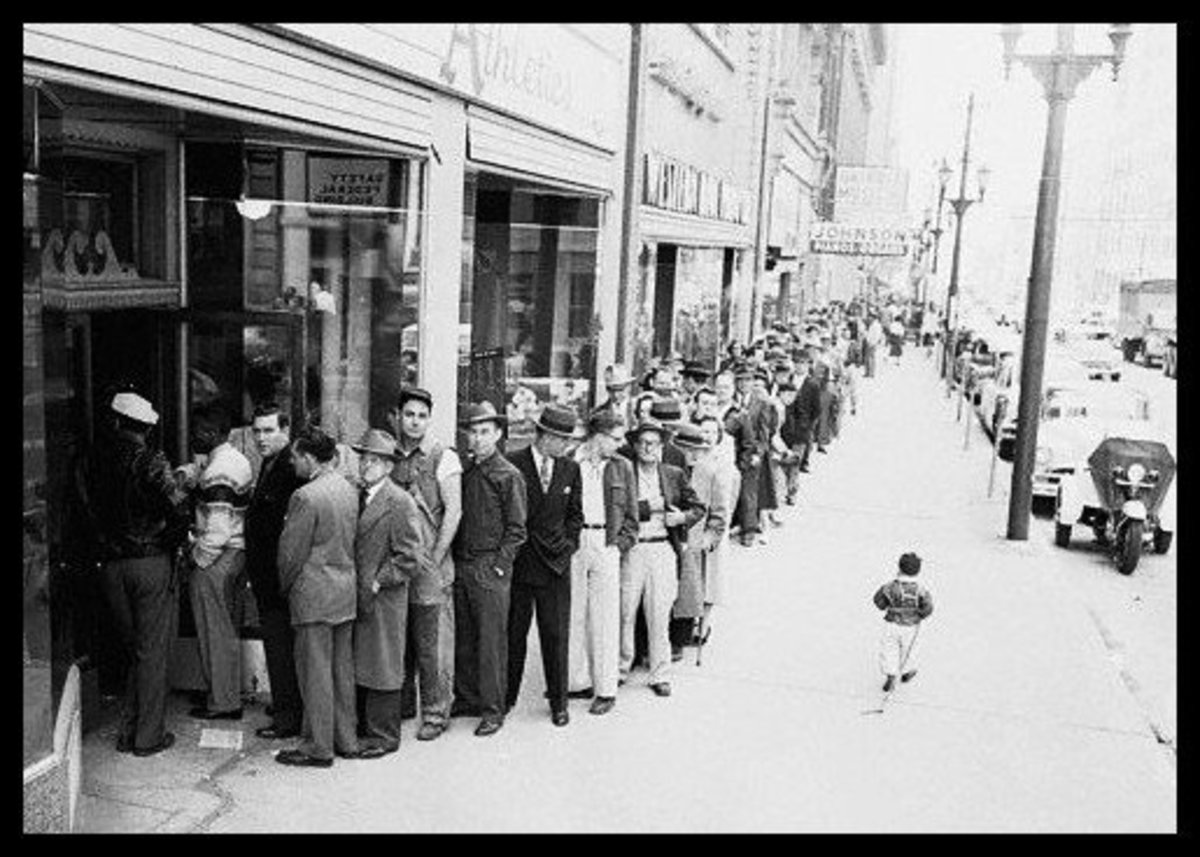Keys to Effective Marketing
Marketing Smarts

Marketing Basics
The basic marketing tools that work for a large mall will also work for a small business. The wise business owner utilizes basic marketing as a sound guide. This is a look at marketing basics that apply to every business.
Target Market

Fundamentals
The Customer is in the driver’s seat.
You bet they are! Without customers the business is not in business. How a business understands their customers matters. So, let’s understand the marketing basic of how to know the customer.
Target Markets
Who is your target market? Demographics are the basic facts about your customers. Demographics are also the basic descriptors of your market and customer. Use these demographic terms to begin describing your typical customer.
Demographics
· Age
· Gender
· Education
· Marital status
· Current employment
· Main occupation
· Household (HH) income
· Number in HH under age 18
· Religious denomination
· Language spoken at home
· Region of residence
· Ethnicity
· Rural or urban residence
Take a look at your customer, you will probably be able to discern many of these things about them from the familiarity you already have of those existing customers. Also, take a look at your competitors’ customers. Observe your competitors. You will be surprised what you can learn.
Market Psychographics

Psychographics
Psychographics fills out the information profile of the customer. This is where that basic customer derives their differences from each other. Although, people may have many things in common they vary based on psychographic descriptors.
Here is a partial list of psychographic descriptors.
· Attitudes
· Chosen activities
· Views
· Habits
· Lifestyle
· Hobbies
· Opinions
· Perception of your (and other) companies
Let us combine the two basic ways of demographics and psychographics to better understand the customer.
Let’s use something as everyday as the grocery store advertisement. All of the mass marketer grocery stores in the USA advertise the holiday of Labor Day and subsequent sales tailored to the holiday. The grocery stores will advertise the most popular foods consumed during the Labor Day holiday for their particular demographic and psychographic customer descriptors. The most popular foods include: meats, chips, deli items, and vegetables and fruits. Here is a difference based on understanding both the demographics and psychographics of the customer.
Fry’s® a regional Kroger® store placed the name brands of Coca-Cola®, Budweiser®, and Lay’s® potato chips on the front top half of their Labor Day “Best Prices in Town Guaranteed” advertisement. Price was touted in large type print and different background colors.This seems to say that Fry's customers like brand names and are price oriented. So, one might say that the Fry’s® shopper has a strong attitude or opinion about brand names and value pricing.
Albertson’s® Grocery Store placed a pork rib sale and a Sanderson Farms® branded boneless, skinless, no sodium based solution chicken breast on the top half of their page. This seems to say a more traditional meat based diet consumer who is also interested in a healthier meat product as well. So, one might say that the Albertson’s® shopper prefers the traditional cook out meats but is developing a healthier attitude about which food selections they choose. This may also point out the Albertson’s® shopper is older and that is why they want a low cholesterol meat.
Sprouts® Grocery store offered some 18 (EIGHTEEN!) different fresh vegetables and fruits on the top half of their page with only one mention of ‘all natural’ country style fresh meaty pork spare ribs allotted to a small section. This seems to say their consumer is very health oriented. The Sprouts® shopper perhaps has a lifestyle and habit that prefers fruits and vegetables.
Food City® advertised mostly fruits and some lower price cuts of chuck steak and included the information in both English and Spanish. "Ofertas de 4 dias!" This says their market is Hispanic and Mexican oriented who prefer the foods of that culture as well. The Food City® shopper seems to be of a certain ethnicity with a specific lifestyle and language.
From this you should be able to begin developing a more complex picture of the customer. So, while shoppers could be defined strictly by age, sex, income, and other demographic descriptors, the psychographic descriptors add a great deal to the understanding of the customer.
Strong Branding

Branding
Each of the stores above has chosen a particular way to brand of their store and products. Companies work hard at providing a specific brand for their products.
Branding is how the customer views your product, store, or service. Branding is what the customer would describe your store or products or service as being. Examples, again pulled from the grocery stores listed above would include:
Fry’s appears to brand themselves as a leader in low prices for mass marketed national brands.
Albertson’s, while not ignoring value pricing, has pivoted the pricing to higher price cuts of meats and to a meat eater who may also be interested in healthier meat choices.
Sprout’s Grocery appears to be branding themselves for those who eat mostly a vegetable and fruit diet with a lesser appeal to the meat eater who wants natural meats.
Food City appears to be branding themselves towards the Hispanic and Mexican shopper.
Conclusion
The business owner needs to develop the fundamentals for their particular business. Can you make a list of the demographics, psychographics and the branding of your business? It is important to perform a customer analysis.
This information is more fully taught in a basic marketing course. The text that covers this material and more is listed below. The author of the article taught Marketing 322 at the University of New Mexico, Anderson School of Business in Albuquerque New Mexico. The author also marketed and managed commercial shopping malls and real estate properties for many years.
These are basic tools to grow your business. Please, ask questions!
Other Business Articles by NMLady
- Required Courses for a Commercial Real Estate Agent
Commercial Real Estate as a career. This is an overview of the skills and educational opportunities for the real estate profession.








